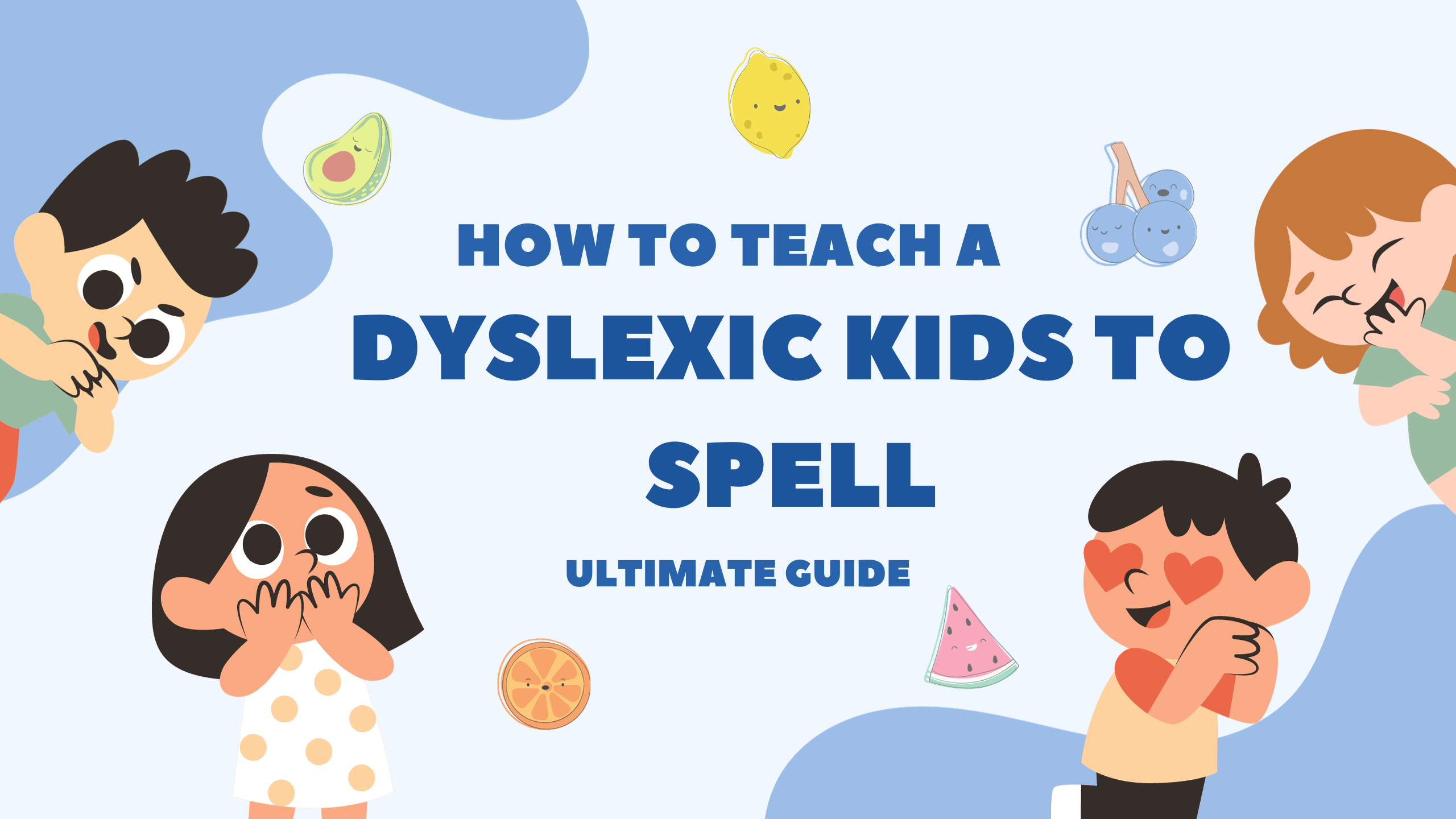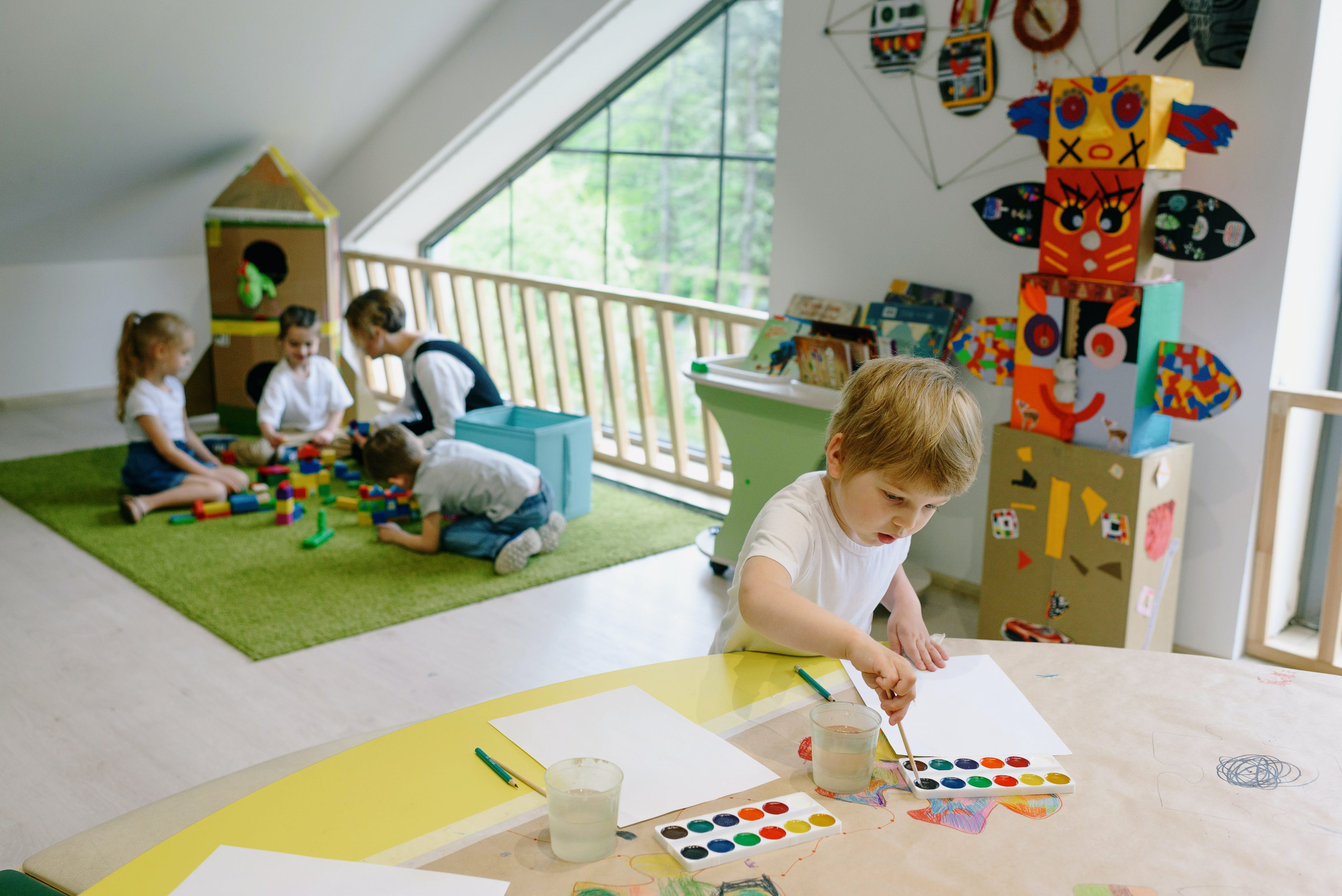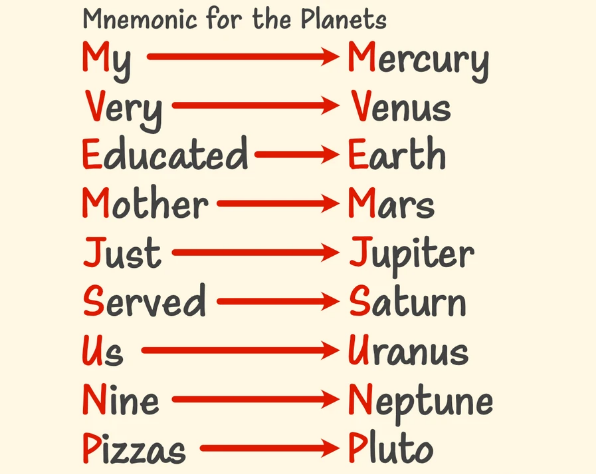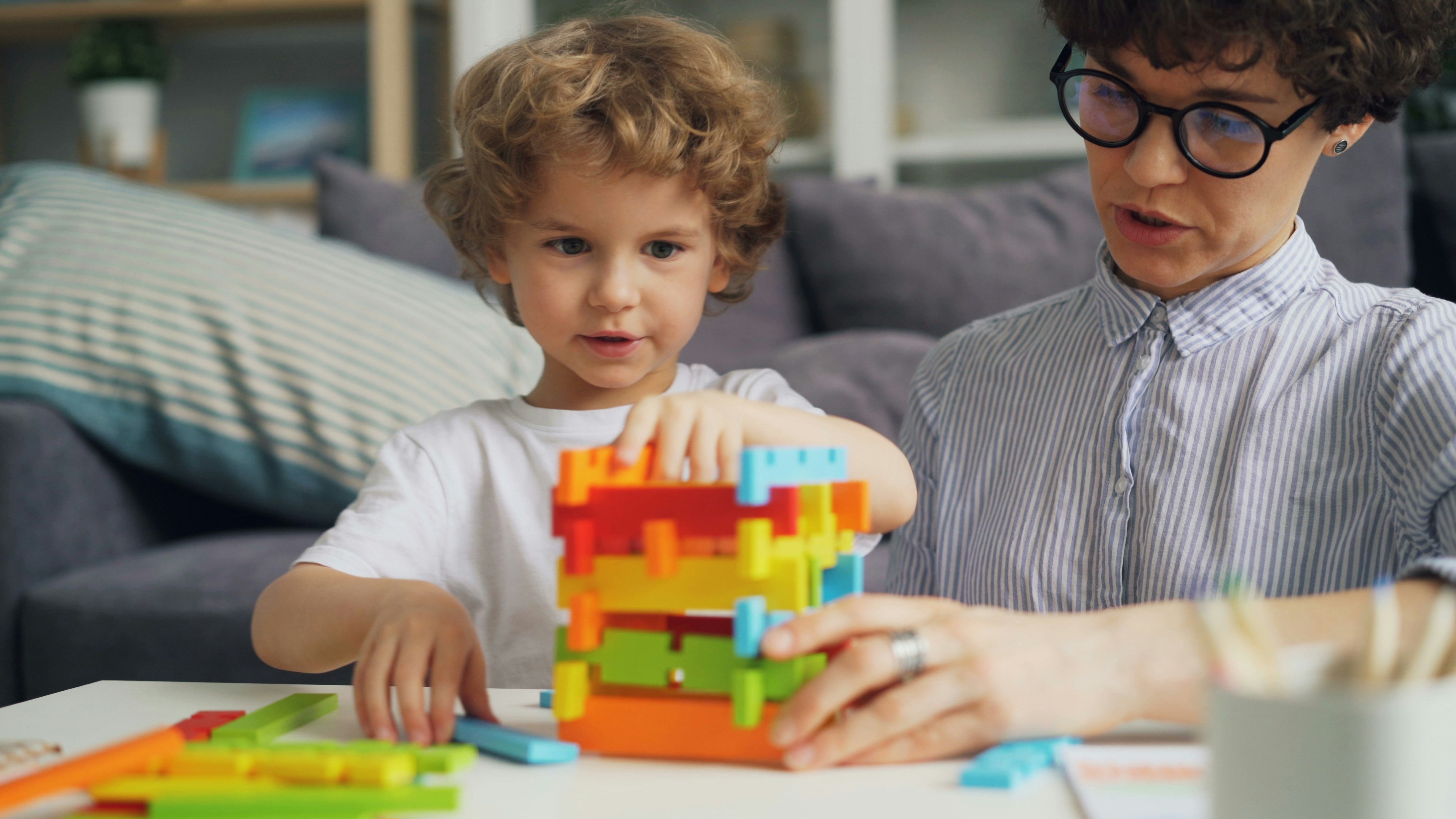How to Teach a Dyslexic Child to Spell(Step-by-Step)


When helping a dyslexic child with spelling, it's essential to approach it with patience and understanding. The strategies we'll share may not yield instant results, but they are tried-and-true methods for teaching spelling and supporting children with dyslexia at home.
Our caring and persistent efforts will lead to progress over time, nurturing their learning journey.
Let’s go!
Don’t be stressful

Avoid overwhelming your child during the learning process. Focus on quality over quantity. Introduce one or two new words each day, and as your child masters one, introduce a new one.
This gradual approach keeps learning goals attainable and maintains their motivation to persevere with care and confidence.
Create word walls

Building your child's confidence is a powerful tool for their success, and a word wall can be a valuable resource in this journey. Establishing a designated space to display the words they've mastered provides a visual representation of their achievements.
This serves as a constant reminder and boosts their confidence. It's a caring and supportive way to encourage their progress and self-belief.
Related: Refractive Errors: Everything To Know
Word Searches Games

Discover free online word searches or create custom ones tailored to your child's reading level. This engaging activity allows your child to enjoy hours of entertainment while reinforcing their recent sight words.
Word searches not only offer fun but also enhance their awareness of specific spellings. It's a caring way to support their learning journey and make it enjoyable.
Make spelling Fun

Spelling practice doesn't have to be a monotonous task all the time. It can be made enjoyable by incorporating games like pairs, Hangman, bingo, Go Fish, and tic-tac-toe, which can be adapted for spelling practice.
Additionally, there are numerous fun apps available for this purpose. These engaging activities not only enhance learning but also infuse a sense of fun and excitement into the process, making it a caring and enjoyable experience for your child.
You can also read How to Help a Dyslexic Child at Home and 15+ Frequently Asked Questions About Dyslexia
Use mnemonic

Creating mnemonic devices can be a fun and effective way to remember challenging words or phrases.
For instance, take the word "BECAUSE," often a tricky one. You can craft a creative sentence like "Big Elephants Can't Always Use Small Exits" to help recall it.
Being imaginative and even a little silly with your mnemonics can make them more memorable. The key is to embrace creativity, and the sillier, the better – it all adds up to a caring and engaging method for improving memory and learning.
Go back in time

When it comes to words that prove challenging to sound out, there's often a fascinating story behind their quirks. If you're working with a dyslexic child and want to make spelling more enjoyable, you can explore the rich tapestry of history for guidance.
Did you realize that there was once a rule in the English language that discouraged words from ending in a 'v,' which is why we have so many silent 'e's in words like 'give' and 'live'? Embarking on a quick exploration of these uniquely spelled words might unveil an engaging and memorable path to mastering these sight words.
Multi-sensory approach

Extensive research, along with numerous studies and real-world experiences, has demonstrated that children with dyslexia excel in their learning when engaging multiple senses.
These young learners benefit from tracing letters with their fingers (touch), listening to dictation (hearing), using colors to emphasize letters (sight), or even incorporating physical activities like skipping while spelling out words.
By appealing to their various senses, we can provide a more nurturing and effective learning environment for children with dyslexia.
Mind Picture

Encourage your child to carefully examine a word and imagine taking a mental snapshot of it. Once the word is covered, prompt your child to recall the letters they see in their mind's eye.
Guide them to identify the order of these letters, such as which ones come first, second, and last, and inquire about any vowels within the word.
This visualization technique is a nurturing way to enhance their reading, spelling, and word retention skills, empowering them to embrace new words with confidence.
Get creative

For some children, associating sight words with pictures can make the learning process more enjoyable and effective. One approach that can be helpful involves writing the word in bold, large letters, with the most challenging part of the word in a distinct color.
Then incorporated a picture within or around the letters and wove a story that connected to the spelling. For instance, double 'o' might transform into two friendly eyes, and double 'n' could easily become a pair of rolling hills.
This creative method helps children connect with and remember sight words with warmth and imagination.
Be Detailed

Children with dyslexia can sometimes struggle with recognizing the finer details in unfamiliar words, particularly when the spelling is unconventional. Consider the word 'enough' as an illustration.
When introducing such words, read them aloud while displaying the word. Encourage your child to spell it out while visually inspecting it, and then guide them to identify the vowels.
Explore which letters appear at the word's start, middle, and end, and discuss the corresponding sounds. This thoughtful approach supports their analytical skills and aids in word comprehension.
You can also read How to Help a Dyslexic Child at Home and 15+ Frequently Asked Questions About Dyslexia



